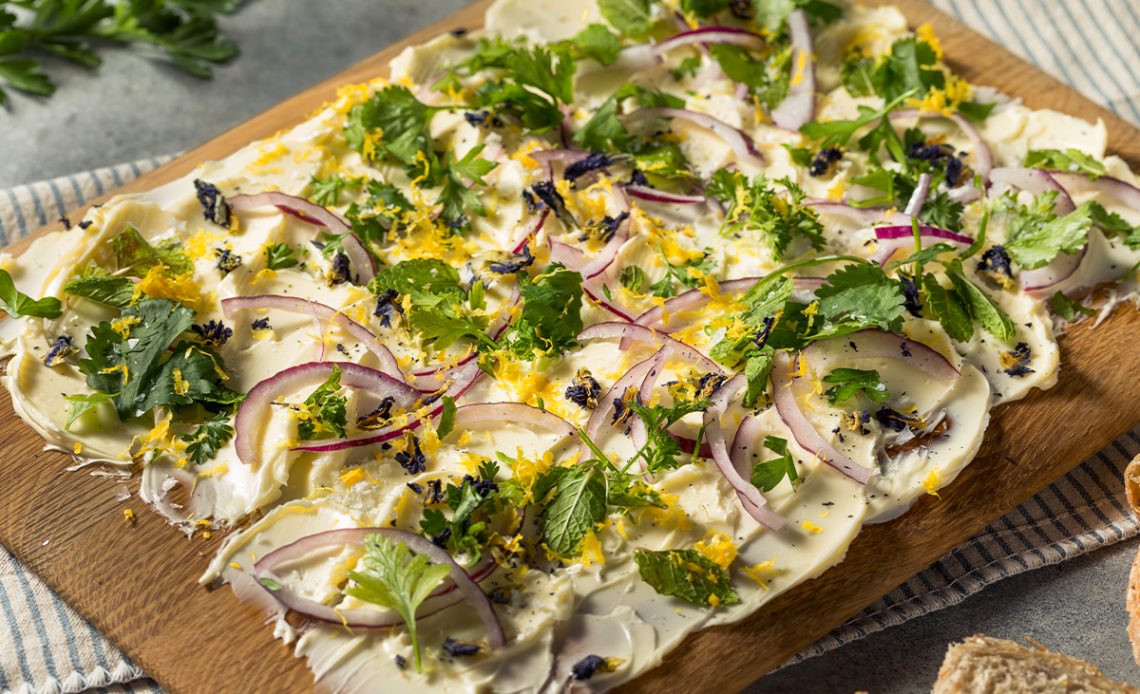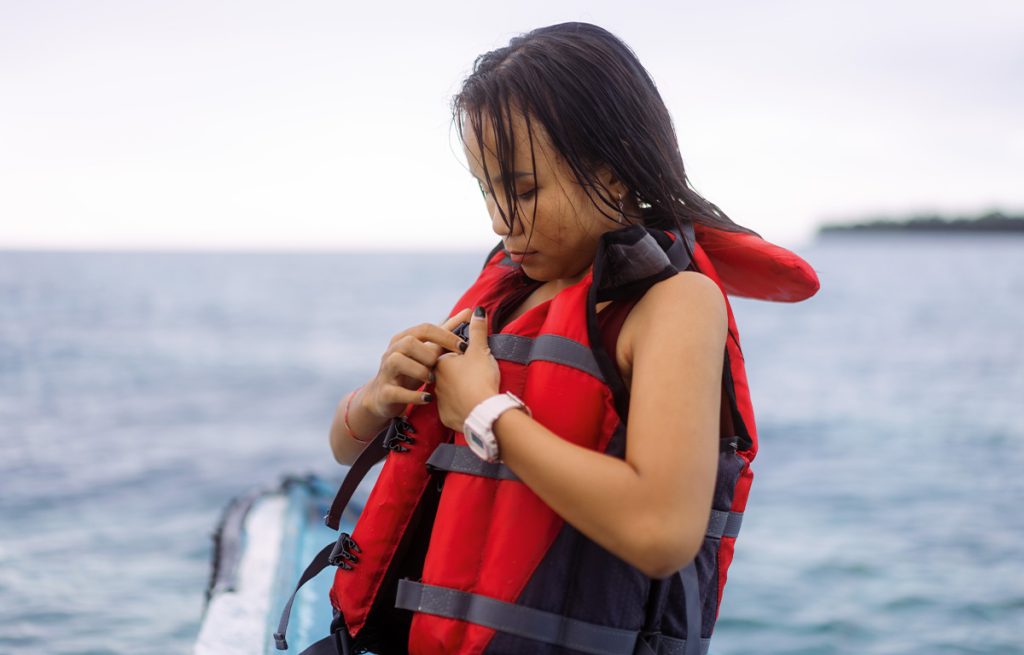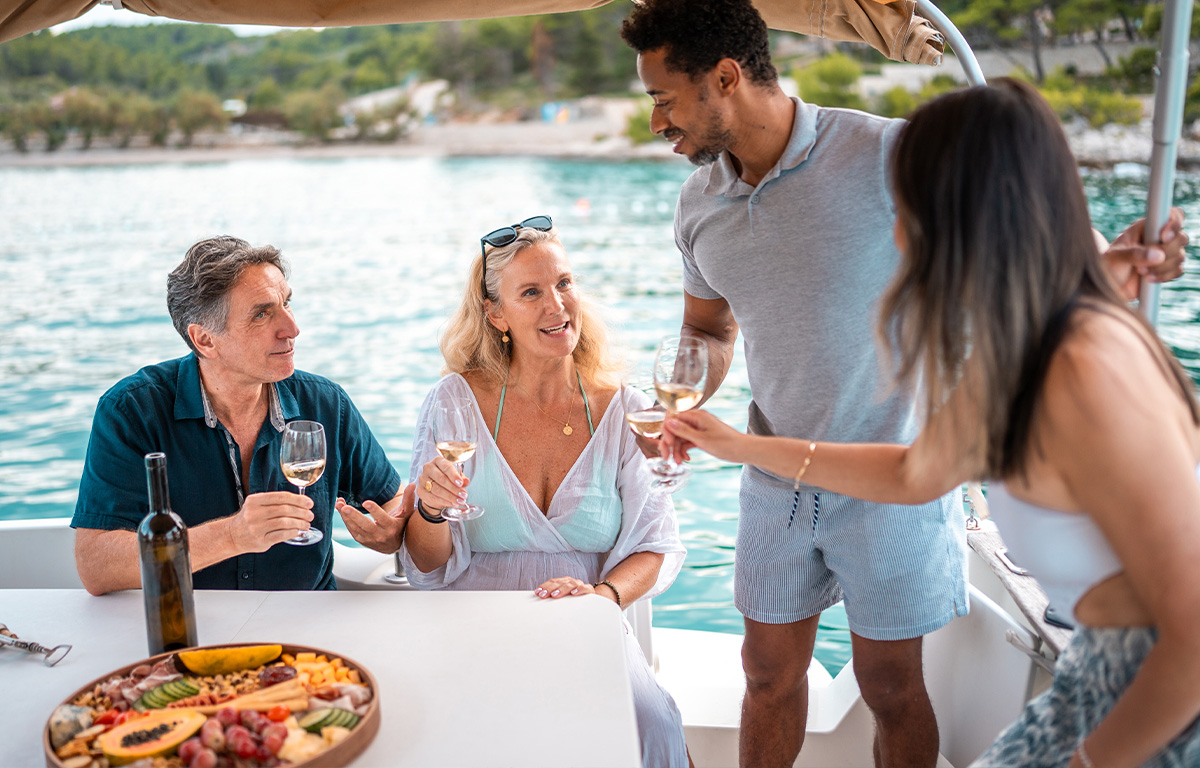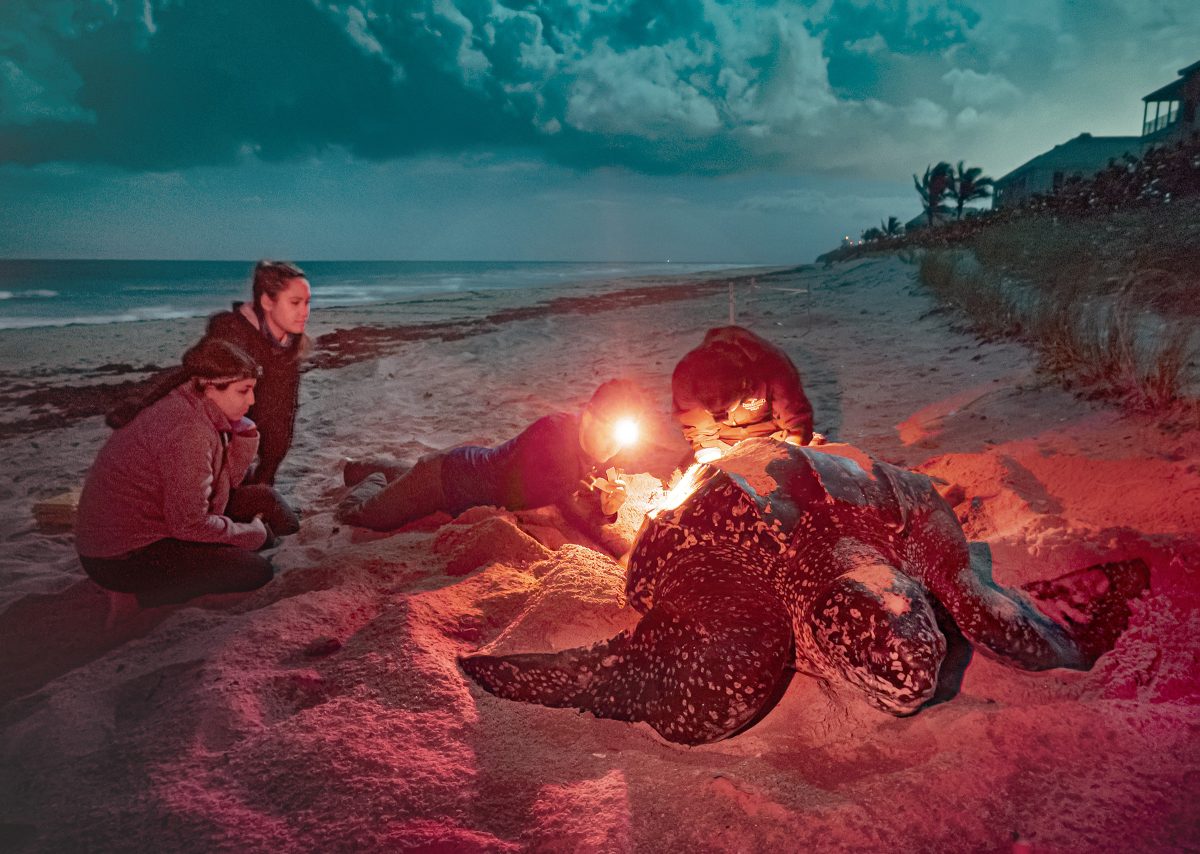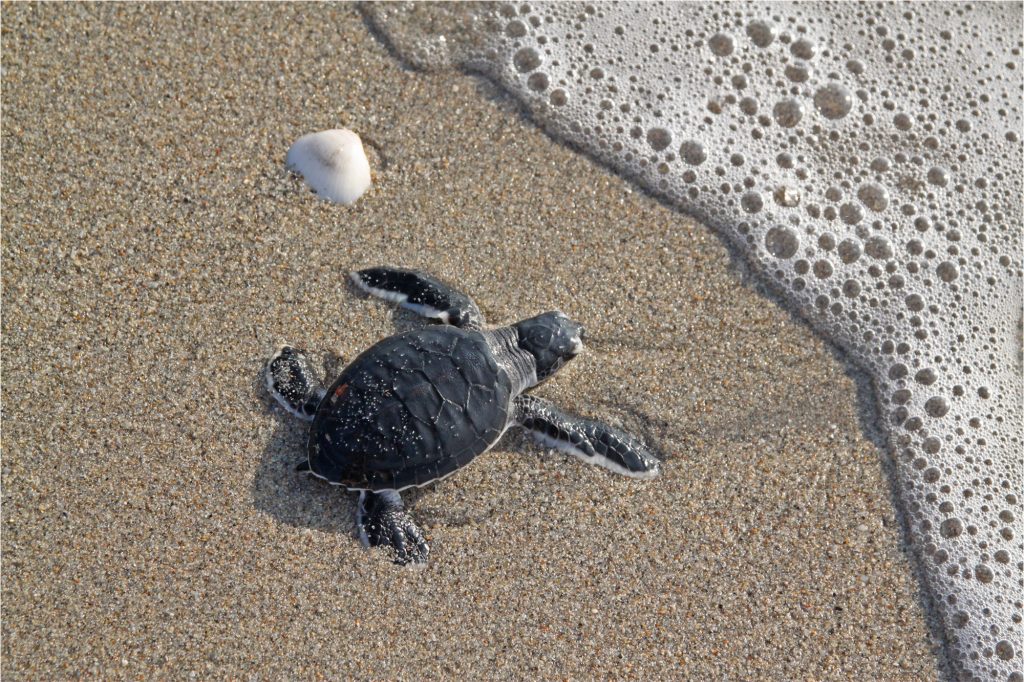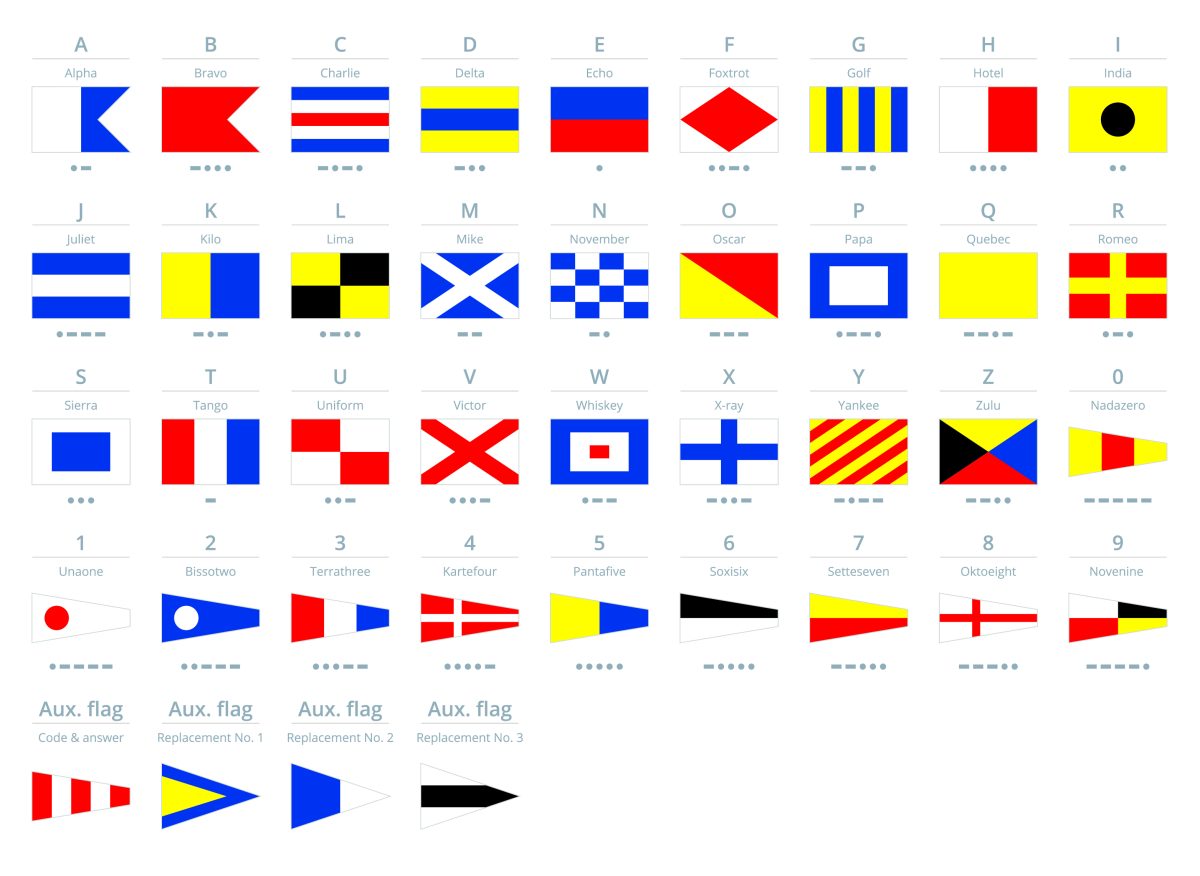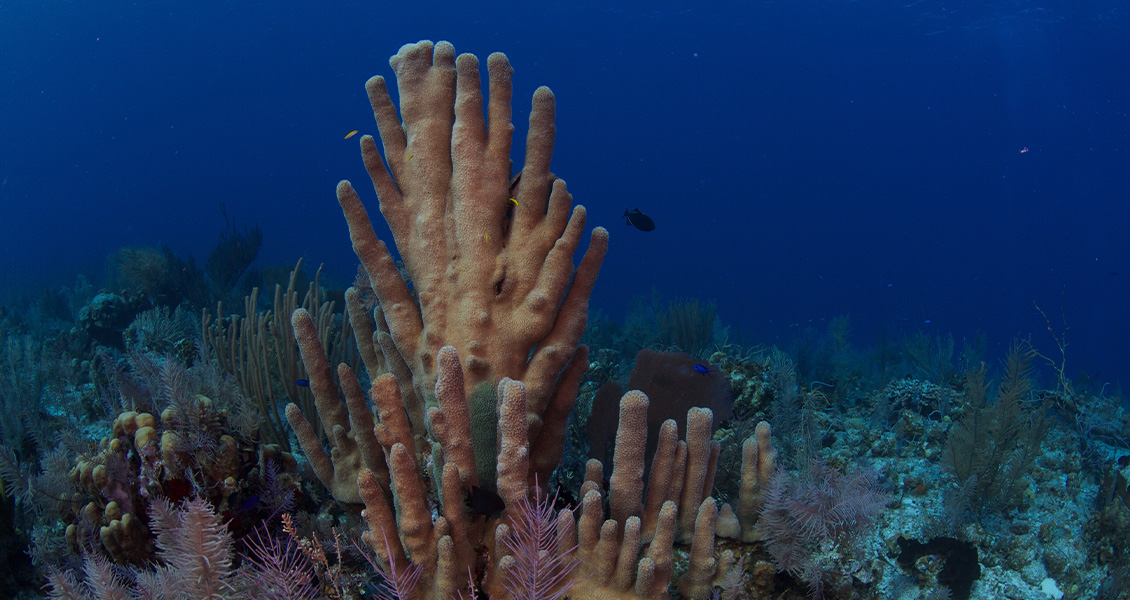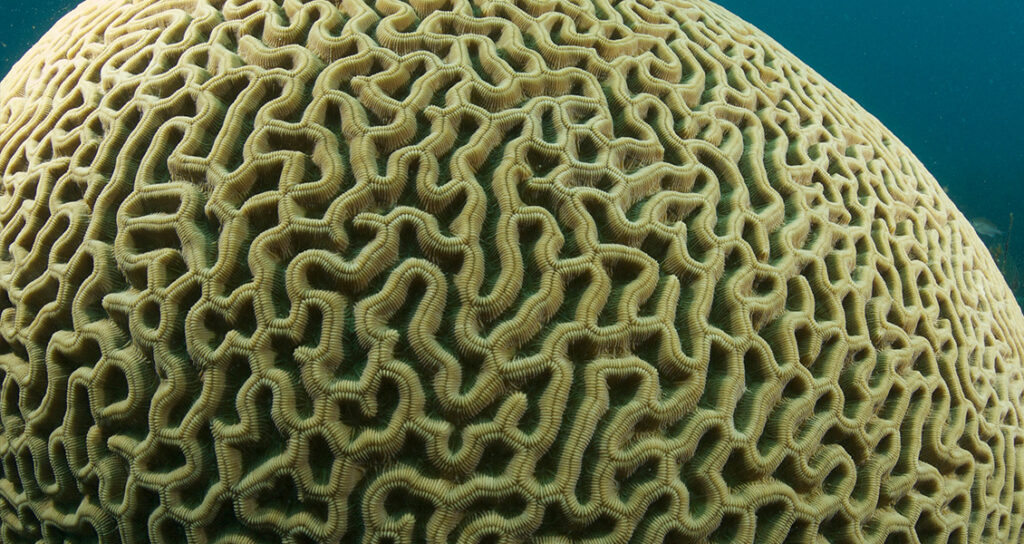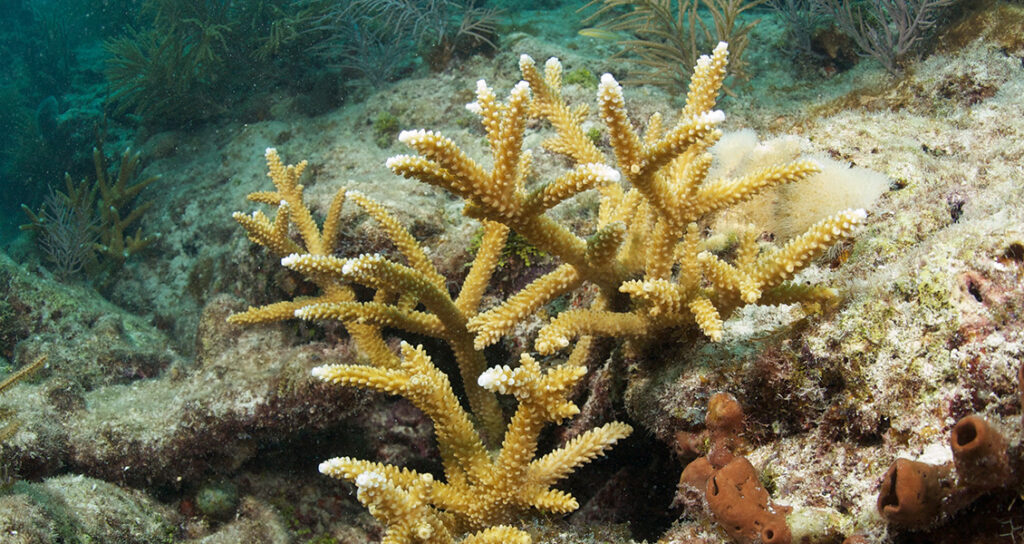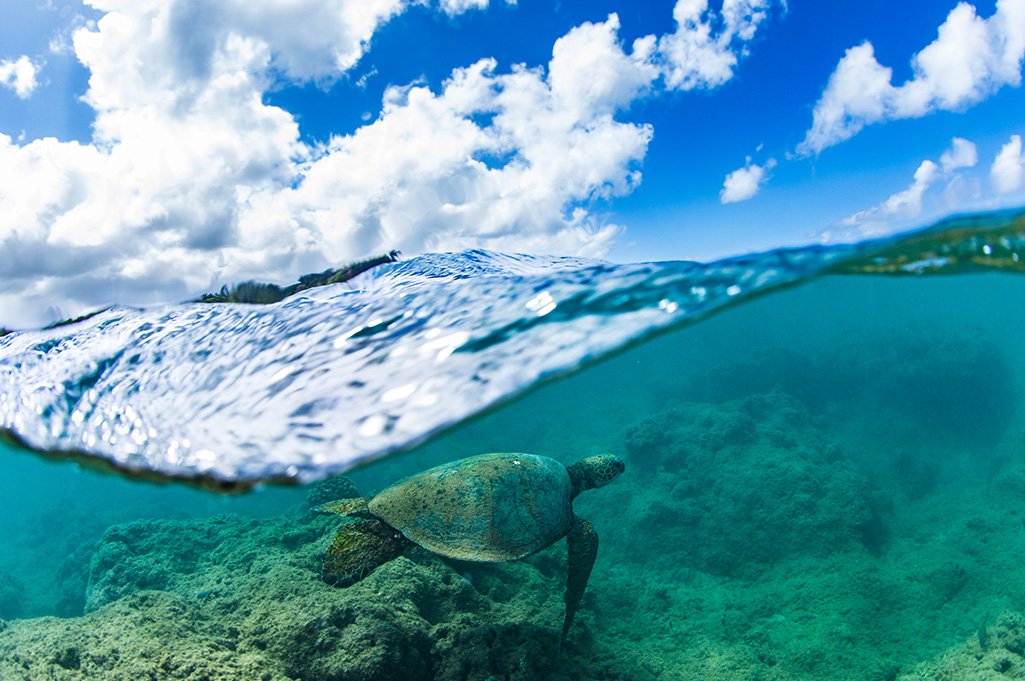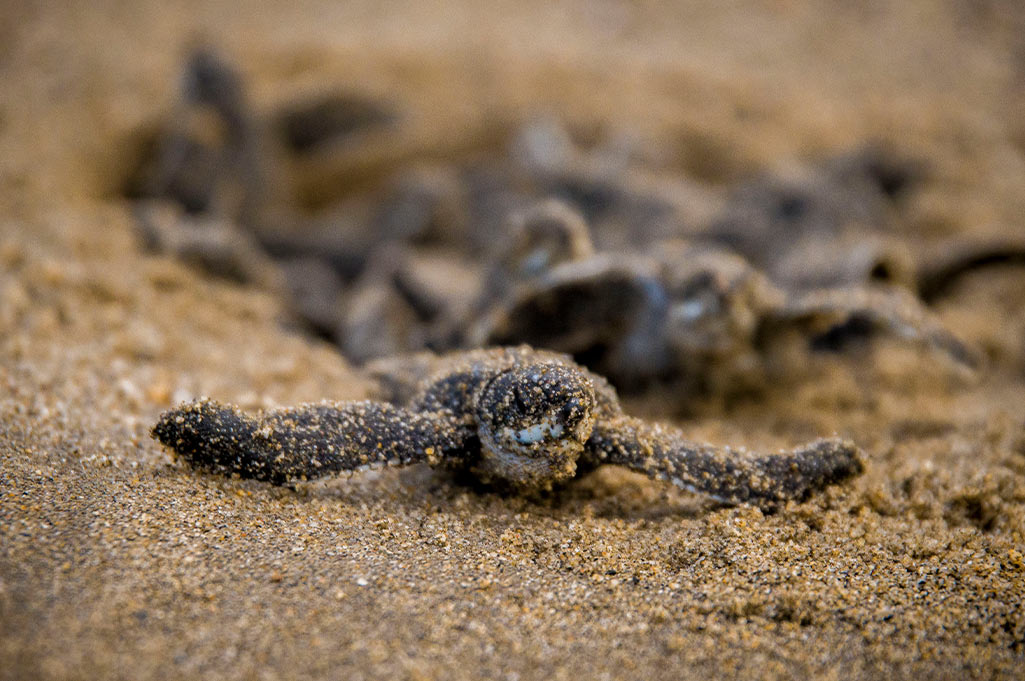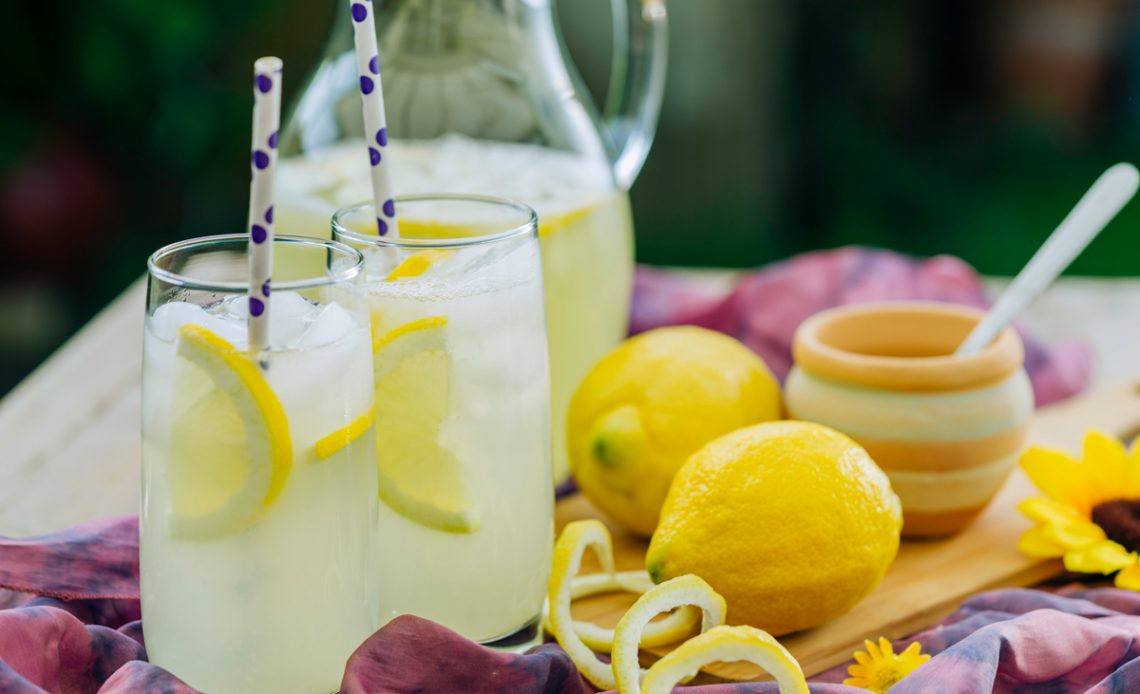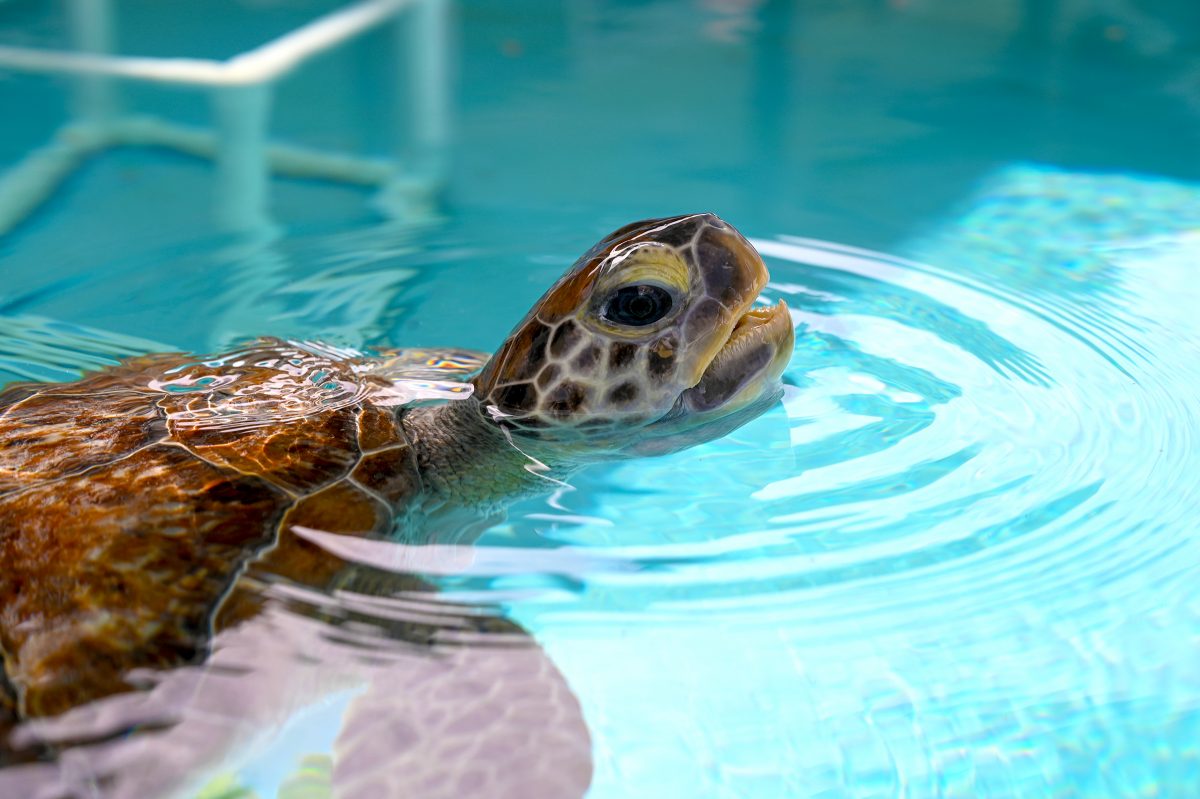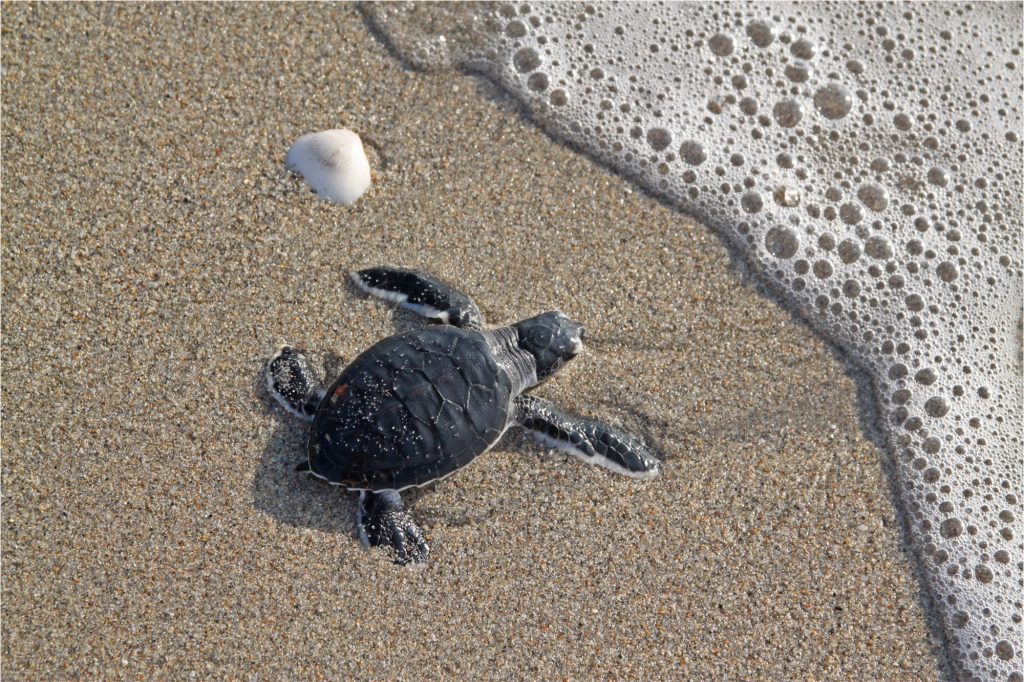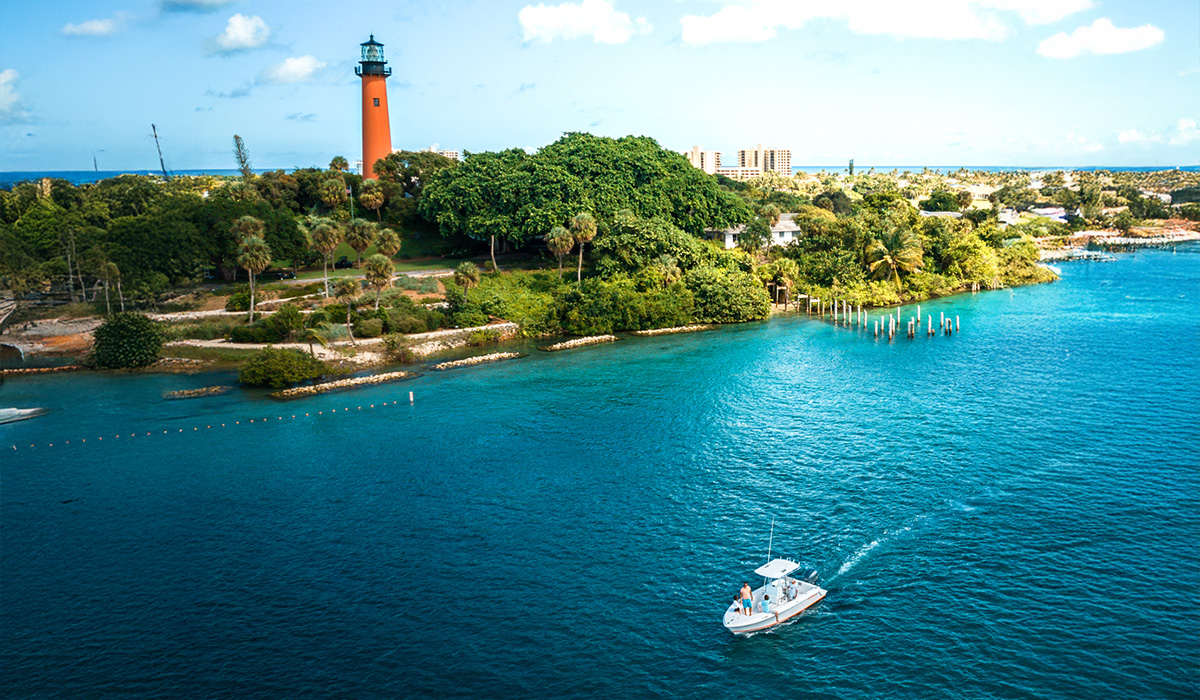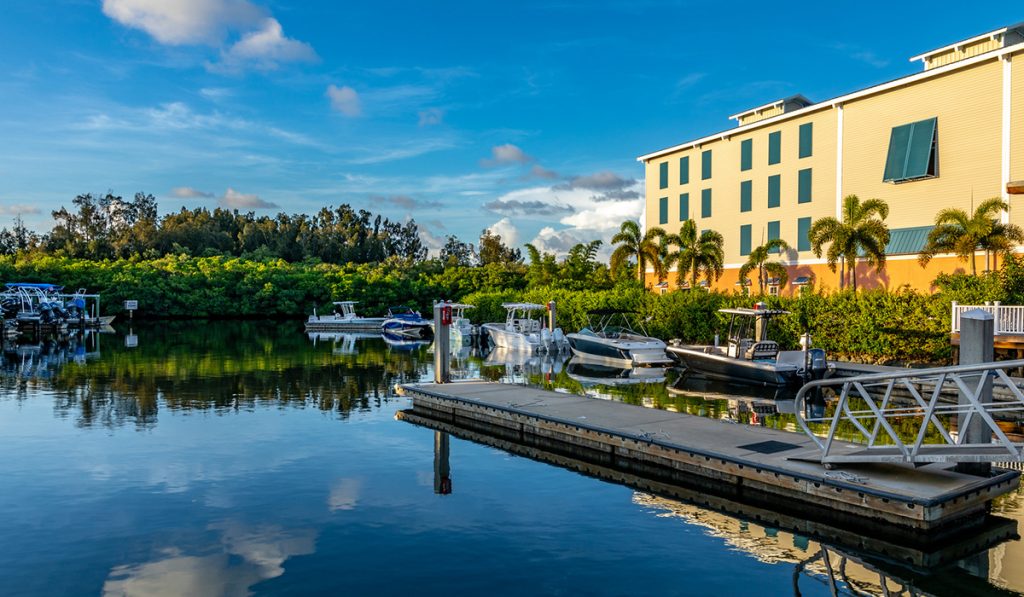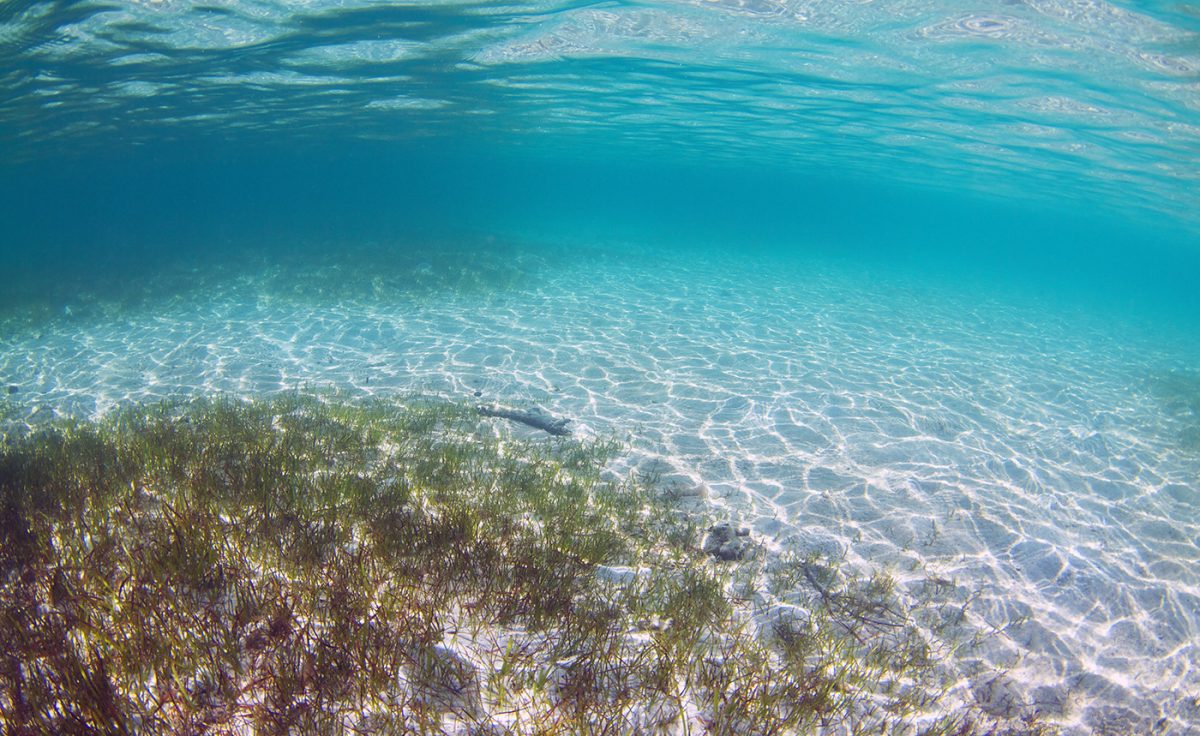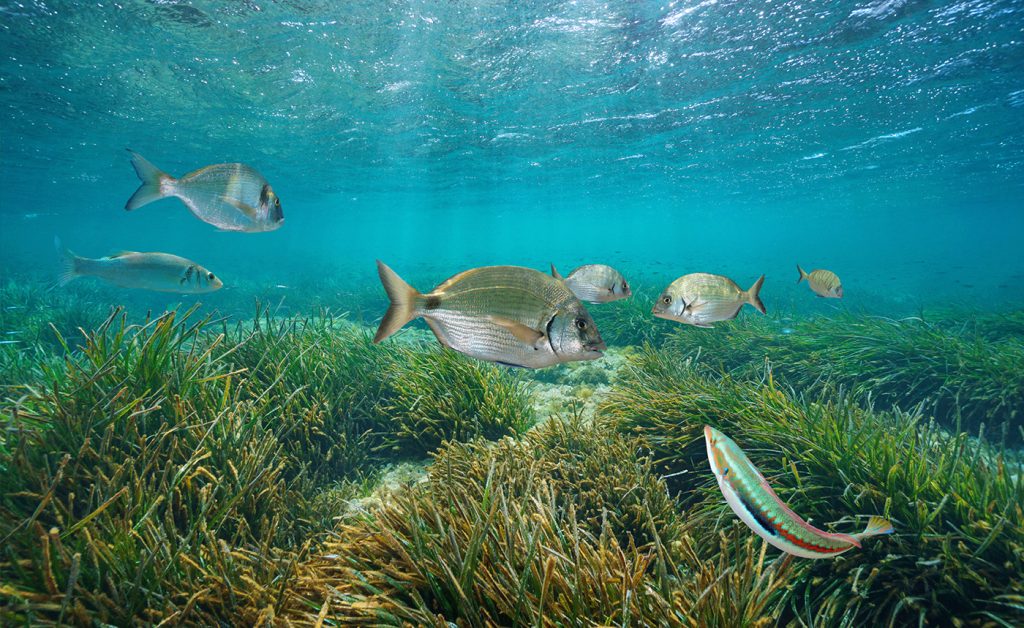This Season’s Foodie Trend: Hello Butter Boards!
We can thank TikTok for the hottest new food trend – the Butter Board. Back in September 2022, Brooklyn-based cook/food blogger Justine Doiron posted the alternative to a charcuterie board on TikTok and the Butter Board hoopla began to churn! It is important to note that the concept of the Butter Board was originally included in a 2017 cookbook, Six Seasons: A New Way with Vegetables, by chef Josh McFadden, and that Doiron’s Tik-Tok just whipped everyone into a frenzy.
The Butter Board is most likely much higher in calories and saturated fat than your average charcuterie board, but we offer you both a standard butter board and a heathier alternative blow.

Butter Board How-Tos
Slather a cutting board with softened butter and then season with flavors of your choice. (Justine used salt and plenty of lemon zest). Then, sprinkle your favorite chopped herbs over the seasoned butter base. Additional toppings can include pickled red onions, roasted garlic, and rosemary; figs and fresh mint; veggie options like radishes, shredded carrot, finely chopped broccoli; or proteins like diced salami or bacon. Whatever appeals to your taste buds. Top with a seasoned honey, if you like.
Everydayhealth.com offers these ideas for a heathier board. Slather your board with smashed avocado, hummus, or ricotta cheese as an alternative to the butter. Topping remains the same as the butter is the ingredient that tilts the board in terms of healthy vs. less healthy but your choice of herbs, veggies or chopped nuts combine to make the board a healthy one.
The most important ingredient for any butter board, healthy or not, is the bread you use to wipe up all that butter board goodness. A classic French baguette is a great option as is a dark pumpernickel, sourdough, or pretzel roll.


